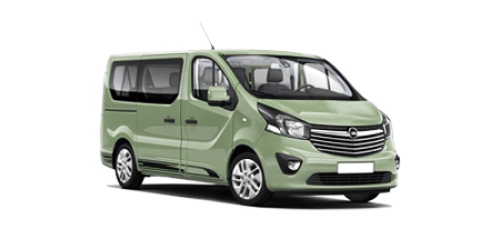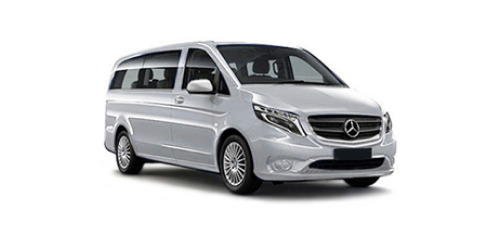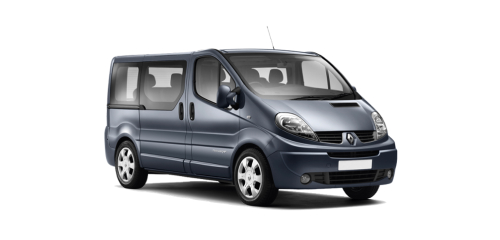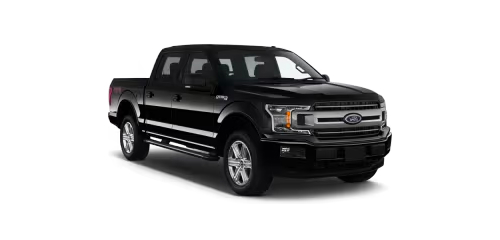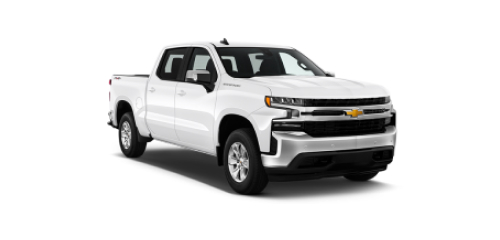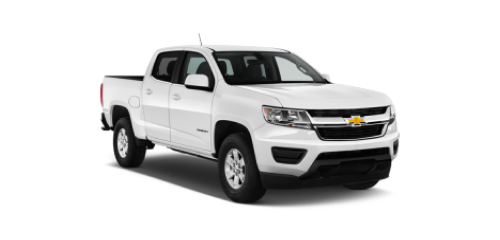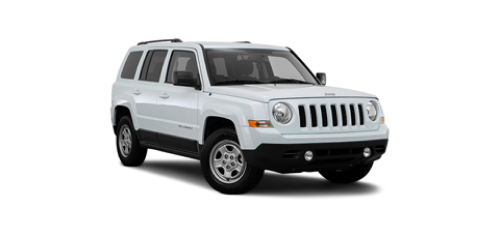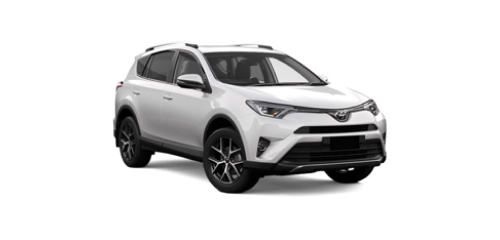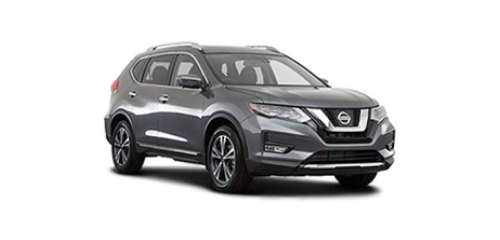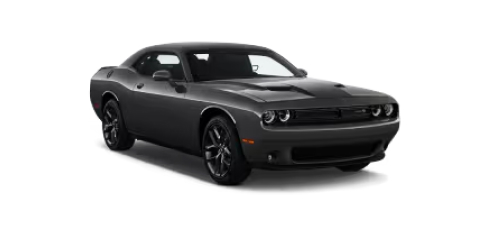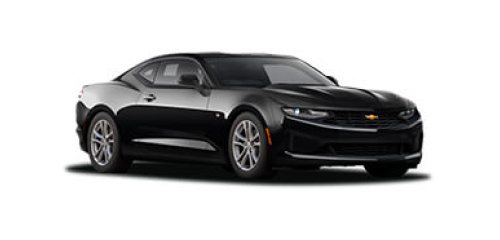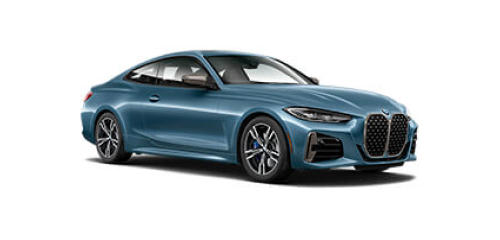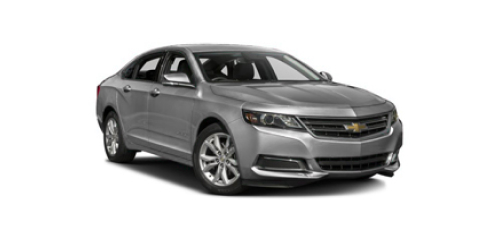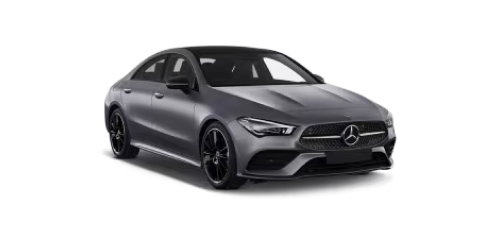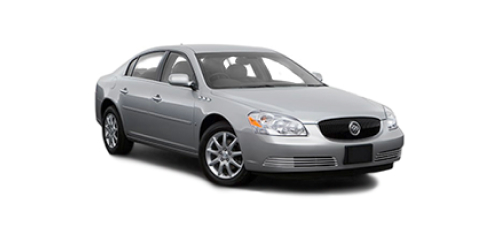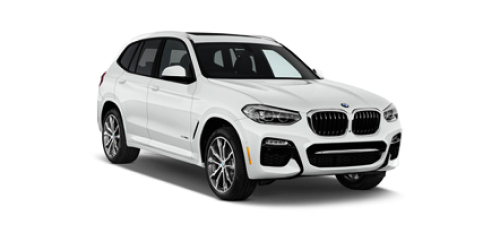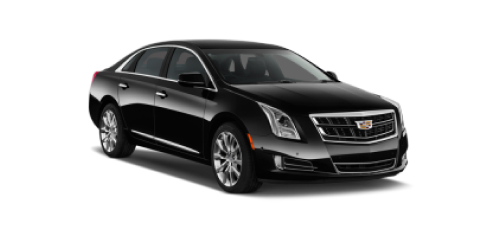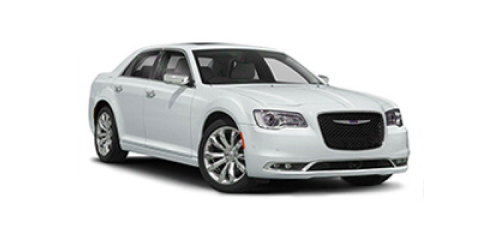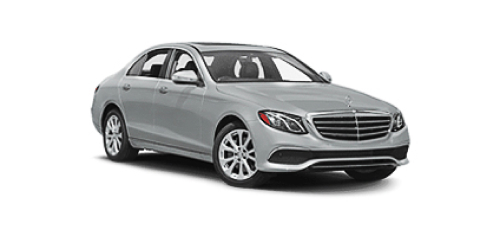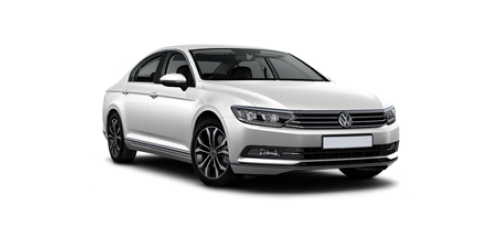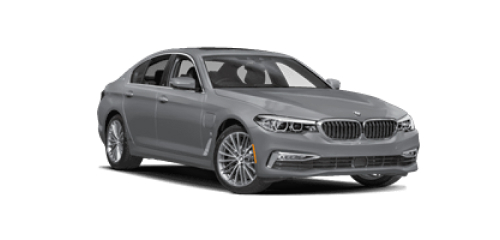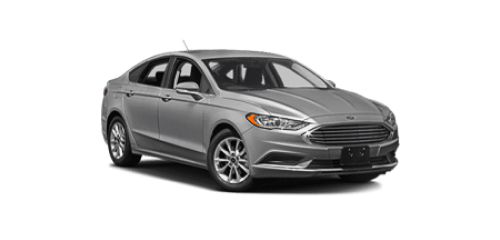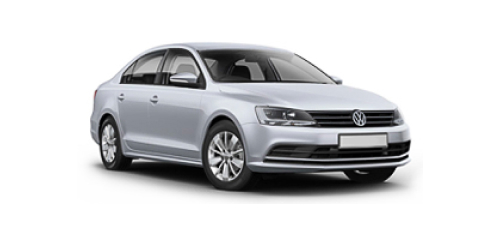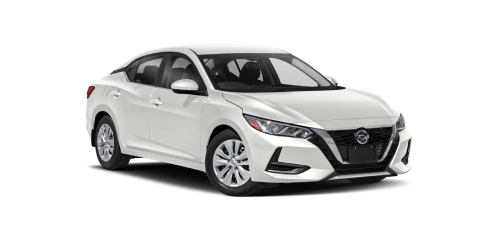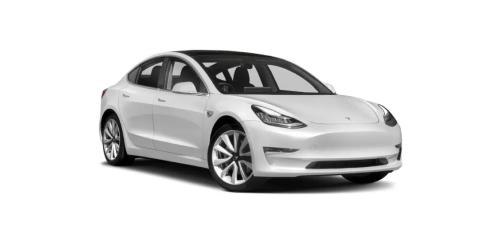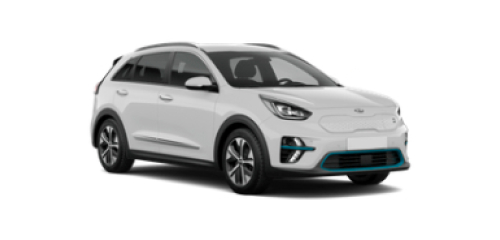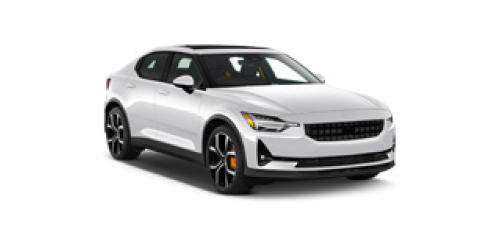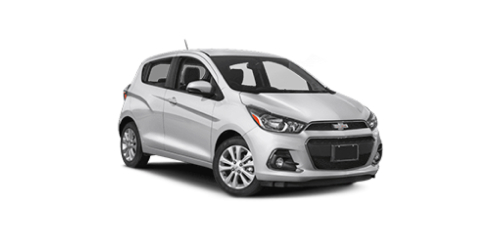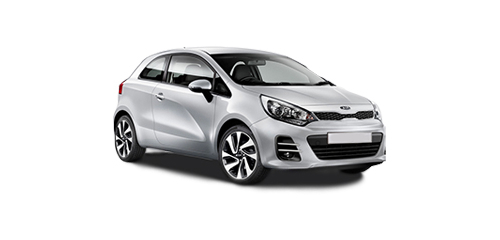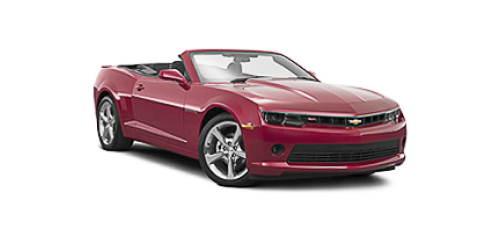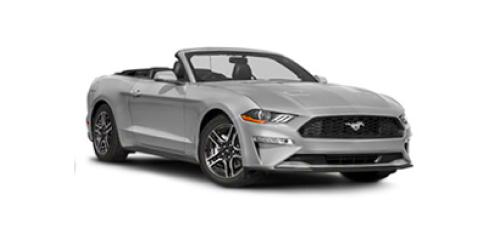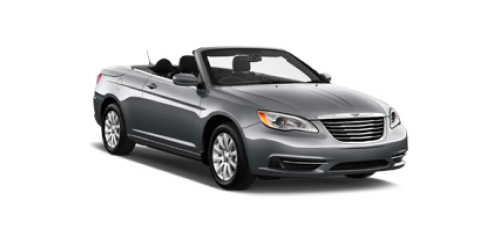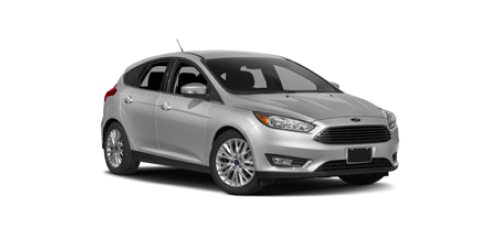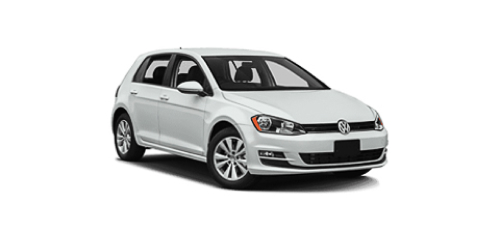- Home
- North America
- Canada
- Calgary
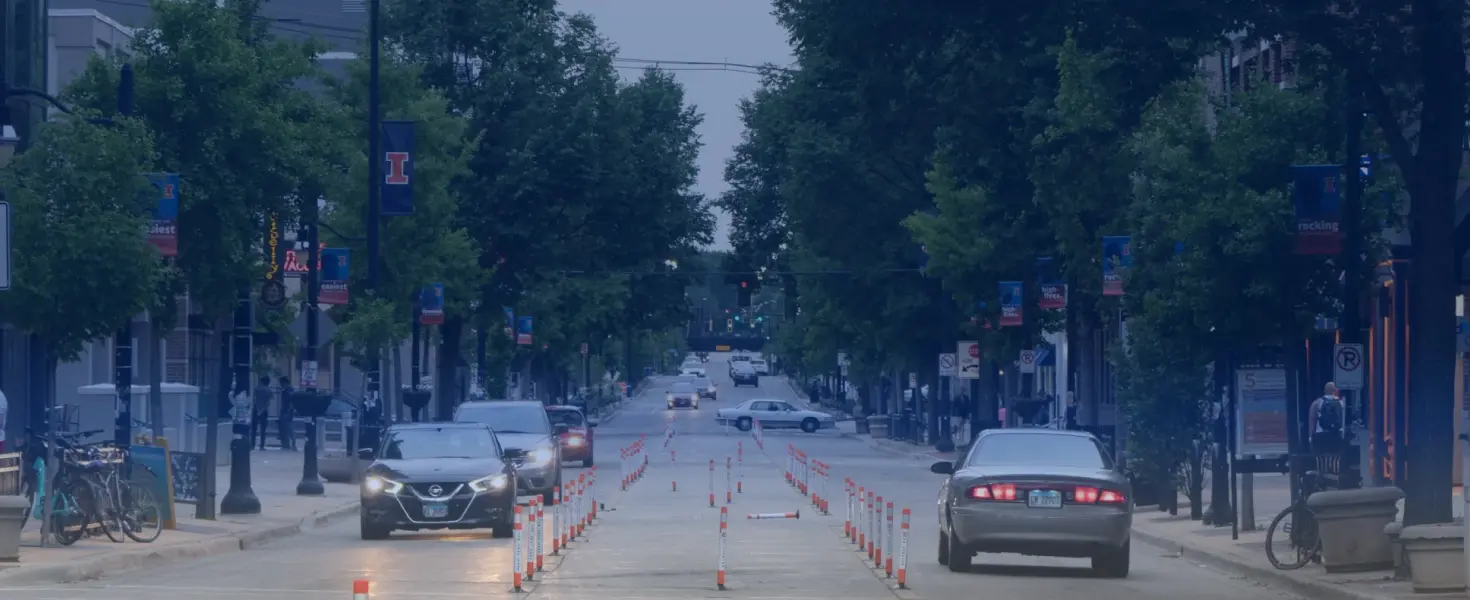
Cheap Car Rental in Calgary

- Secured payment guarantee
- 4 million users
- Multi-language support
- Booking of any class cars
- 600 providers worldwide

Cheap car rental in Calgary
Looking for a cheap car rental in Calgary? With Economybookings, you can easily compare multiple providers to find the best possible deal across the city. Whether you're exploring major neighborhoods or venturing into nearby rural areas, a quick comparison can save you time and money.
Tips for renting a car inexpensively in Calgary
- Compare pickup locations – Select the broader city instead of a specific location to unlock more deal options, including off-airport savings.
- Slightly adjust pickup times and dates – Even changing your booking by an hour can reveal lower rates.
- Choose economy or compact cars – These vehicle types are usually the most budget-friendly.
- Book early – Especially during peak travel seasons (summer, holidays), advance booking helps secure lower prices and better availability.
Tips when renting a car in Calgary
- Calgary gets really busy during the Stampede in July and again in ski season. If you're planning a trip around those times, don’t leave your car rental to the last minute, as you’ll have slim pickings and higher prices.
- Think about what kind of driving you’ll be doing. If you're sticking to the city, a small car will do the job. But if you’re heading out to Banff or the mountains, go for something with a bit more power—an SUV is usually a safe bet.
- YYC (Calgary International Airport) is where you’ll find the biggest selection of rental cars. It’s also just easier to grab your car right after you land instead of making an extra trip later.
- Downtown Calgary traffic isn’t awful, but it does slow right down during rush hour, especially around 8 a.m. and 4 to 6 p.m. Try to avoid those windows if you can.
- Parking can be a bit tricky. Some areas need permits, others are paid only during certain hours, and the signage isn’t always crystal clear. Just double-check before you leave the car and save yourself a ticket.
- Before you drive off, do a quick walk-around and take a few photos or a video on your phone. It only takes a minute, and it’ll come in handy if there’s any disagreement when you return the car.
Driving tips in Calgary
- Drive on the right and overtake on the left.
- Roundabouts are rare, but stop signs and four-way stops are common.
- Flashing headlights may indicate someone is yielding or warning.
- Use apps like ParkPlus or MyParking to pay for street or lot parking.
- On highways, keep right except when passing.
- Popular fuel stations include Petro-Canada, Shell, Esso, and Husky.
- Always carry your licence, rental agreement, and proof of insurance.
- In winter, watch for snow-clearing operations and black ice. Consider snow tires or 4WD.
Speed limits
- 50 km/h (31 mph) on city streets (unless otherwise posted)
- 30 km/h (18 mph) in school and playground zones (during posted hours)
- 80–110 km/h (50–69 mph) on highways and ring roads like Stoney Trail or Deerfoot Trail
Always watch for posted signs, especially in residential and construction areas. Calgary enforces speed limits with photo radar and red-light cameras.
Road signs
Canadian road signs follow international symbols and are generally easy to read. Calgary uses English-language signage, and you’ll find clear markings for school zones, no-parking areas, and one-way streets. Watch for wildlife signs if you're heading into rural or mountain areas—deer and moose crossings are common.
Tolls and restricted zones
Calgary has no toll roads and no congestion charges. Unlike larger international cities, Calgary’s road network is free to use. However, parking downtown can be expensive, and some areas have time-limited zones or resident-only restrictions. Always check local signage or use a parking app to avoid fines.
Discover Calgary by car
Calgary is a clean, modern city with a prairie heart and mountain soul. Renting a car here opens up the possibility to drive to Banff National Park, cruise the Cowboy Trail, or explore vibrant neighbourhoods like Kensington or Inglewood more efficiently.
A car rental makes it easy to:
- Visit Calgary Zoo, TELUS Spark Science Centre, or Heritage Park
- Drive west to the Rockies for a day of hiking, skiing, or hot springs
- Explore Southern Alberta’s badlands, home to the Royal Tyrrell Museum
- Take scenic road trips to Canmore, Lake Louise, or Drumheller
With wide roads, efficient highways, and a grid-style city layout, Calgary is one of Canada’s most car-friendly cities.
When to Visit
The best time to visit Calgary depends on your goals:
- Summer (June–August) is ideal for festivals, day trips, and patio weather.
- Winter (December–March) brings snow and skiing, so prepare for icy roads.
- Spring and Fall are quieter, with lower rental prices and colourful drives.
If you’re planning to attend the Calgary Stampede in July, book your car early. It’s the city’s busiest travel season.
Languages & Communication
English is the primary language in Calgary, and all road signs, directions, and fuel stations use it. Calgary is also a multicultural city, and you may hear French, Punjabi, Tagalog, Mandarin, and Spanish in different neighbourhoods.
Currency & Payments
Calgary uses the Canadian Dollar (CAD). In Calgary, debit and credit cards are widely accepted, including for parking meters, fuel pumps, and toll-free roads. Tap-to-pay is standard. Cash is rarely needed, but ATMs are available throughout the city.
Top driving routes from Calgary
- Banff & Lake Louise (1.5–2 hours west) – A stunning drive into the heart of the Rocky Mountains. Expect postcard views, turquoise lakes, and plenty of photo stops.
- Drumheller & the Badlands (1.5 hours east) – Drive through prehistoric landscapes and visit the Royal Tyrrell Museum of Paleontology.
- Kananaskis Country (1–1.5 hours southwest) – Less crowded than Banff, this region is perfect for hiking, wildlife viewing, and scenic picnic spots.
- Crowsnest Pass (2.5 hours south) – Travel through historic mining towns and mountain passes with rugged beauty.
- Cowboy Trail (Highway 22) – Wind south through ranchland, foothills, and charming western towns like Longview and Turner Valley.
These drives showcase Alberta’s natural beauty and are best enjoyed by rental car for maximum flexibility and exploration.
Experience the top locations with car rental in Calgary
Opening hours
Address
Documents on pick-up
Credit Card
Take your credit card in the main driver`s name with a limit large enough to cover the excessPassport
Take your passportDriving License
Take your local and international driving licenseAll car rental in Calgary
Discover the cheapest car rental in Calgary
* Disclaimer: Prices displayed may not reflect today's rates.
What our customers say
Hi my name is prince i m living in Calgary Canada I booked online and pickup rental car Staff very friendly jus take 10 mins when I pickup and I extend some more day they jus take 2-3 minutes to update no#1 service and staff thanku routes and economy booking
Manmohan Janjua
Très satisfait de la voiture,elle était propre et le personnel était courtois et à notre écoute
Bruno Chouinard
Everything went extremely smoothly. Brand new Buick in perfect condition, low milage, cheap price. Very easy pick-up and drop off. 10/10 would recommend
Greg Williams
The smooth rental procedure was excellent The staff member helped up with decisions. Thank you
Scott Copeland
Nisha was absolutely fantastic she saved the whole thing. She made this whole thing right. She was so helpful and listened.
David Addison-Miller
Car rental companies in Calgary
We have prepared a shortlist of top rental companies in Calgary. To save both time and money compare offers on EconomyBookings.com to find the best deal.



Frequently asked questions
Explore Our Wide Range of Popular Car Types
Find exclusive special offers on popular car types and Save Big with EconomyBookings!
* Disclaimer: Prices displayed may not reflect today's rates.
* Disclaimer: Prices displayed may not reflect today's rates.
* Disclaimer: Prices displayed may not reflect today's rates.
* Disclaimer: Prices displayed may not reflect today's rates.
* Disclaimer: Prices displayed may not reflect today's rates.
* Disclaimer: Prices displayed may not reflect today's rates.
* Disclaimer: Prices displayed may not reflect today's rates.
* Disclaimer: Prices displayed may not reflect today's rates.
* Disclaimer: Prices displayed may not reflect today's rates.
* Disclaimer: Prices displayed may not reflect today's rates.
* Disclaimer: Prices displayed may not reflect today's rates.
* Disclaimer: Prices displayed may not reflect today's rates.

By signing up you agree to EconomyBookings Privacy Policy












